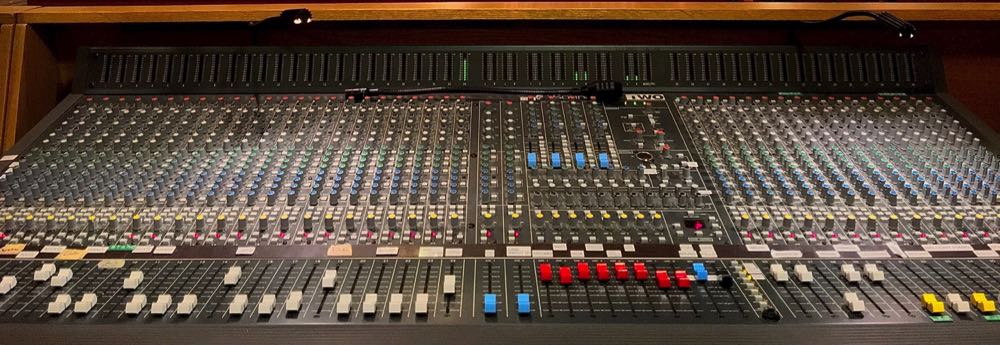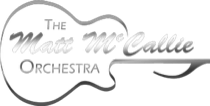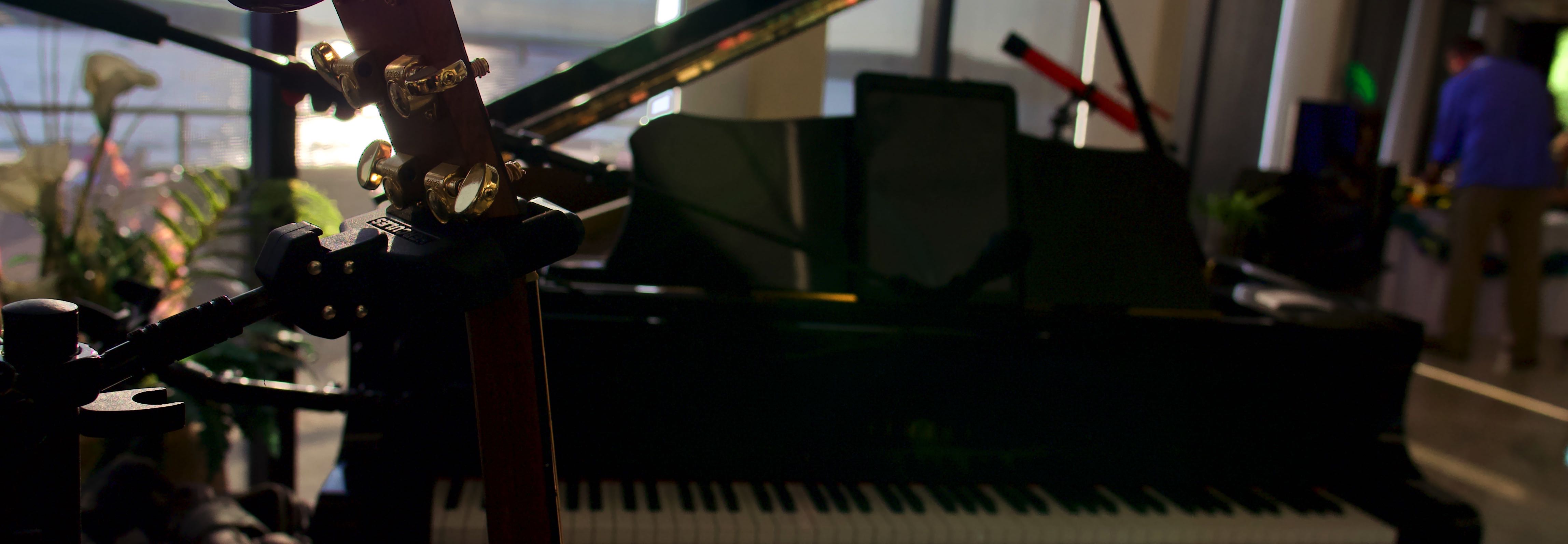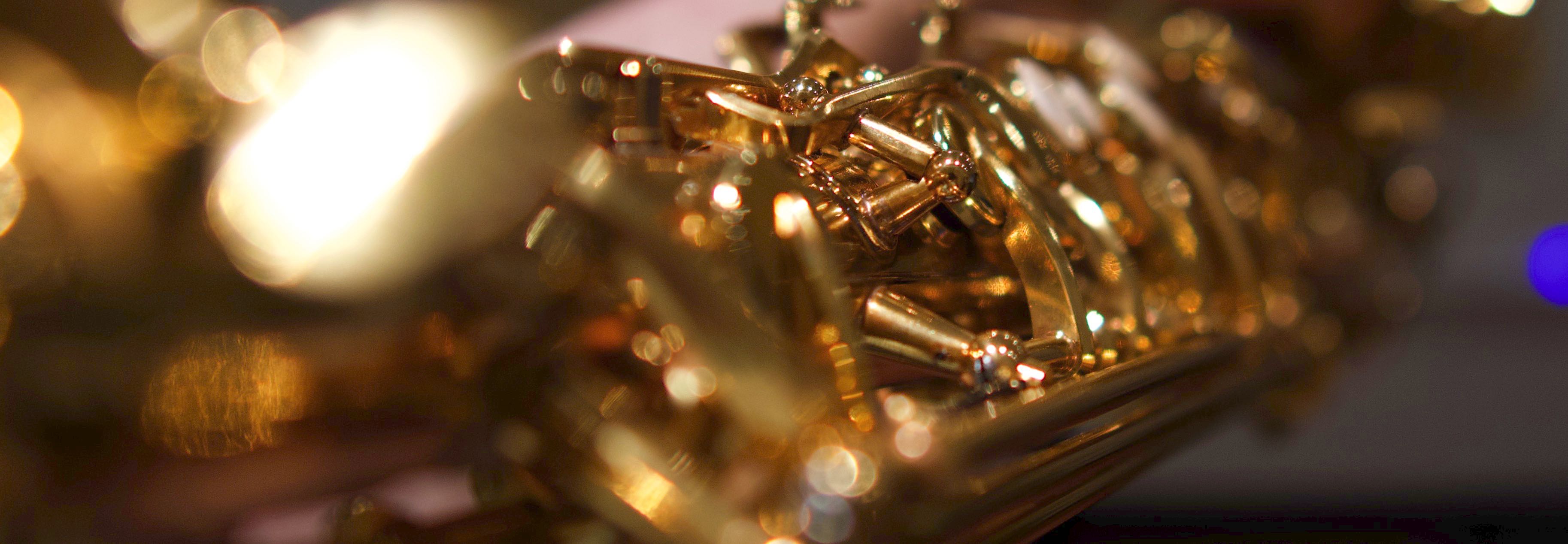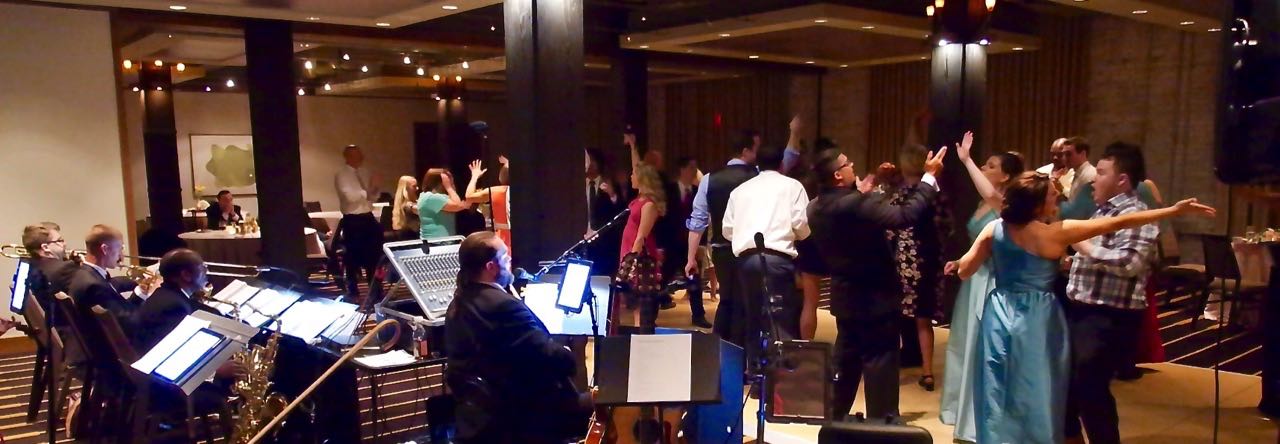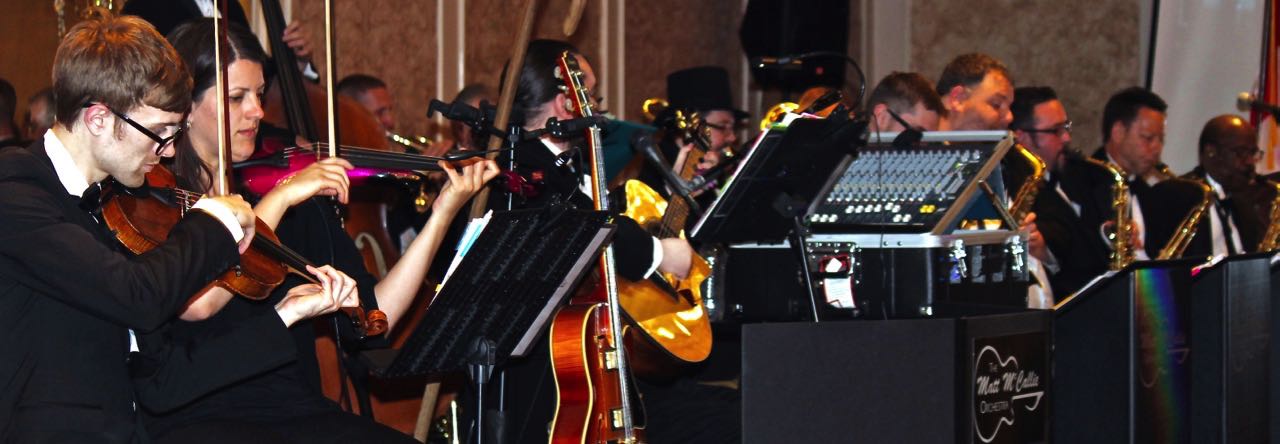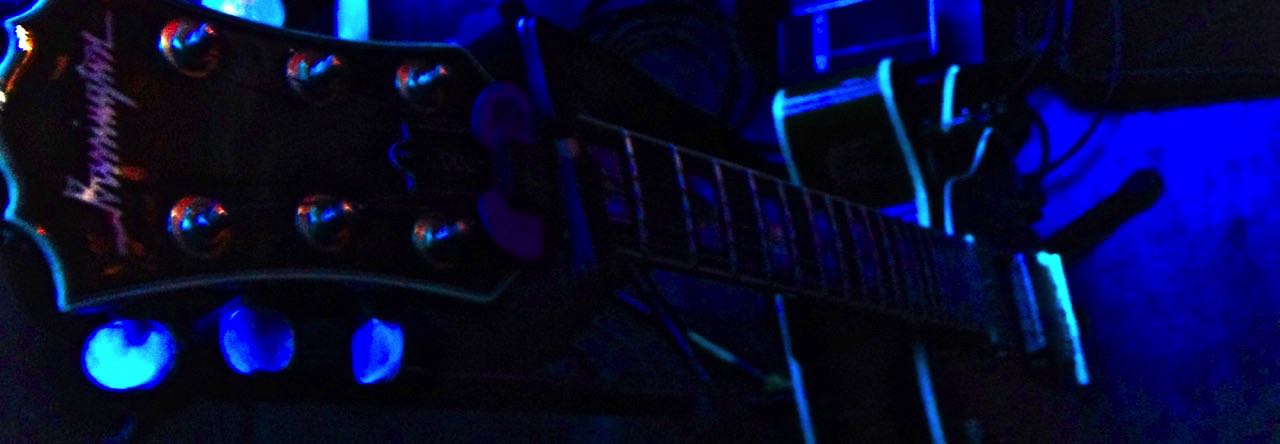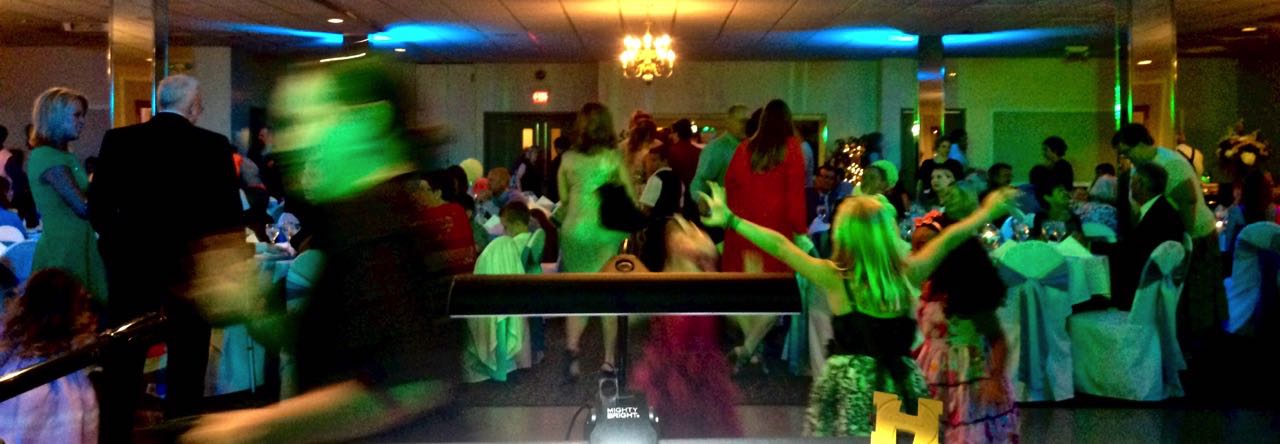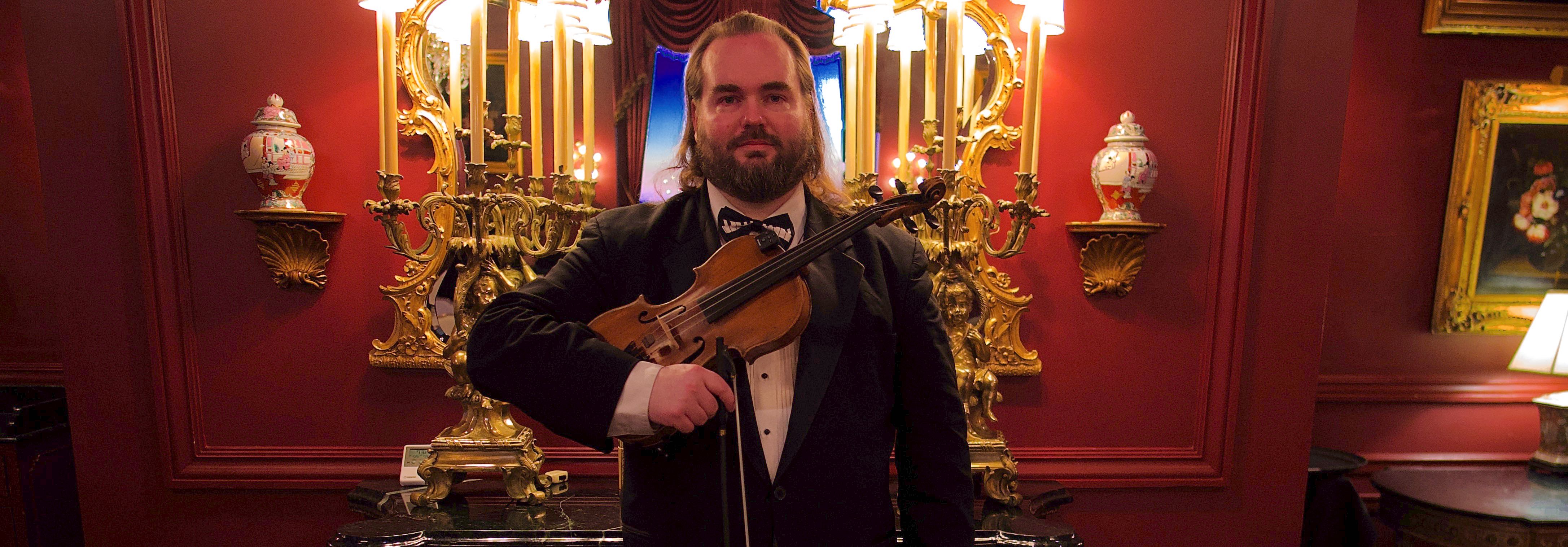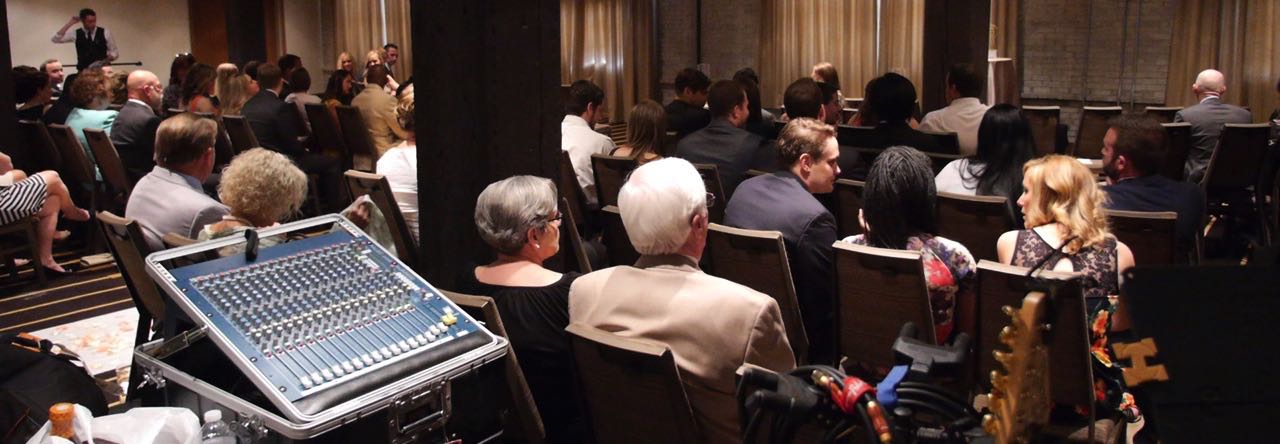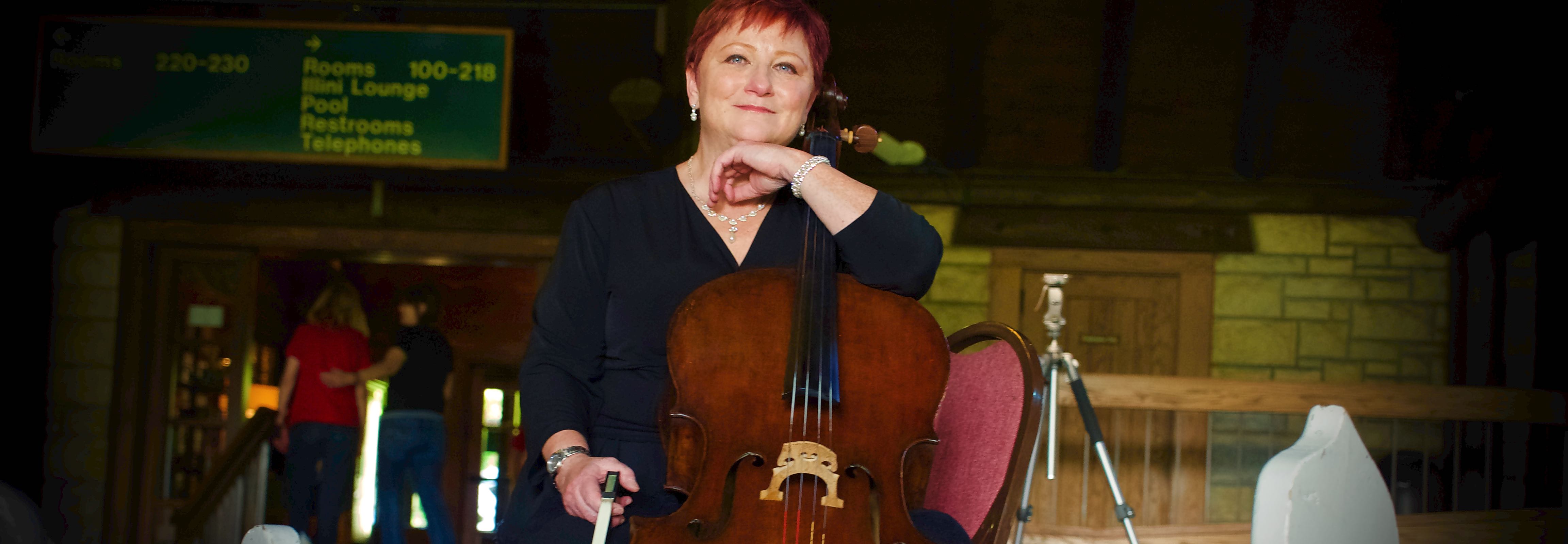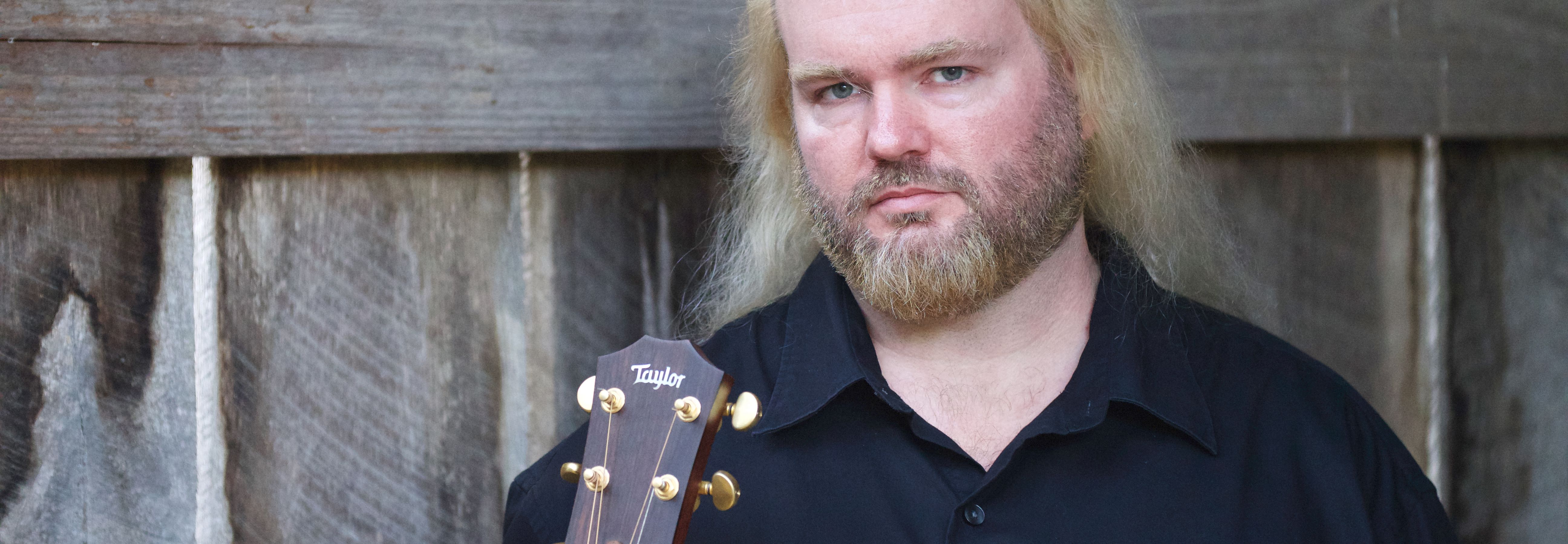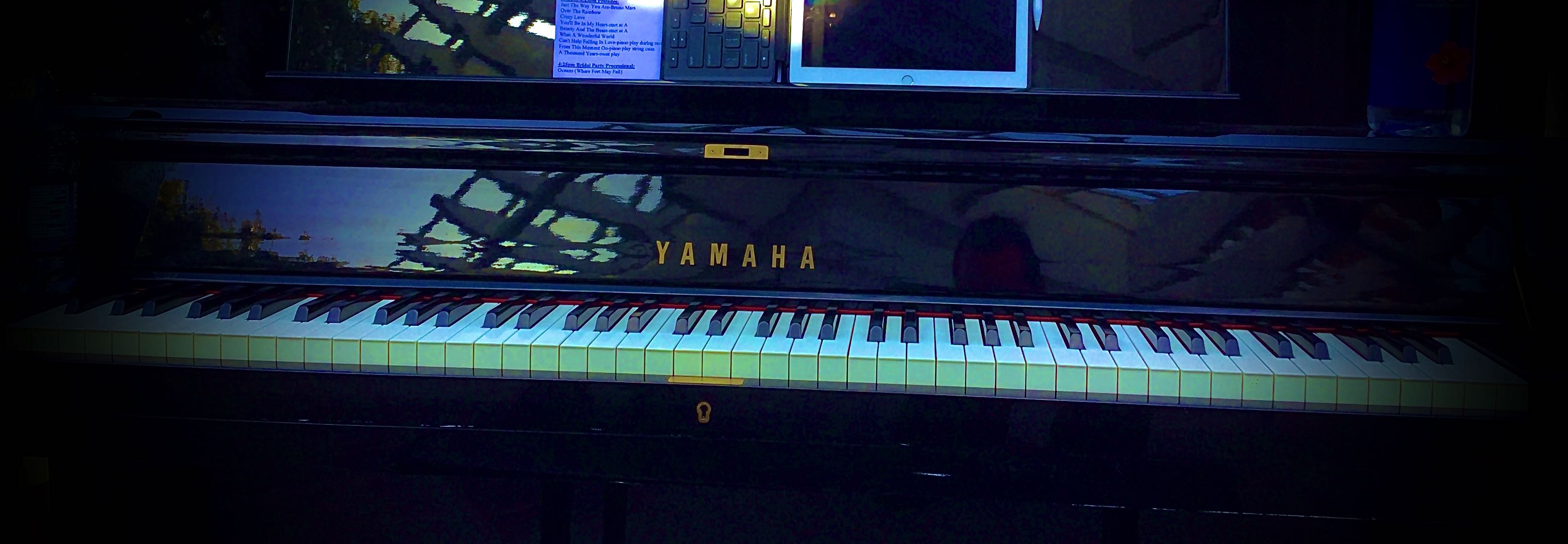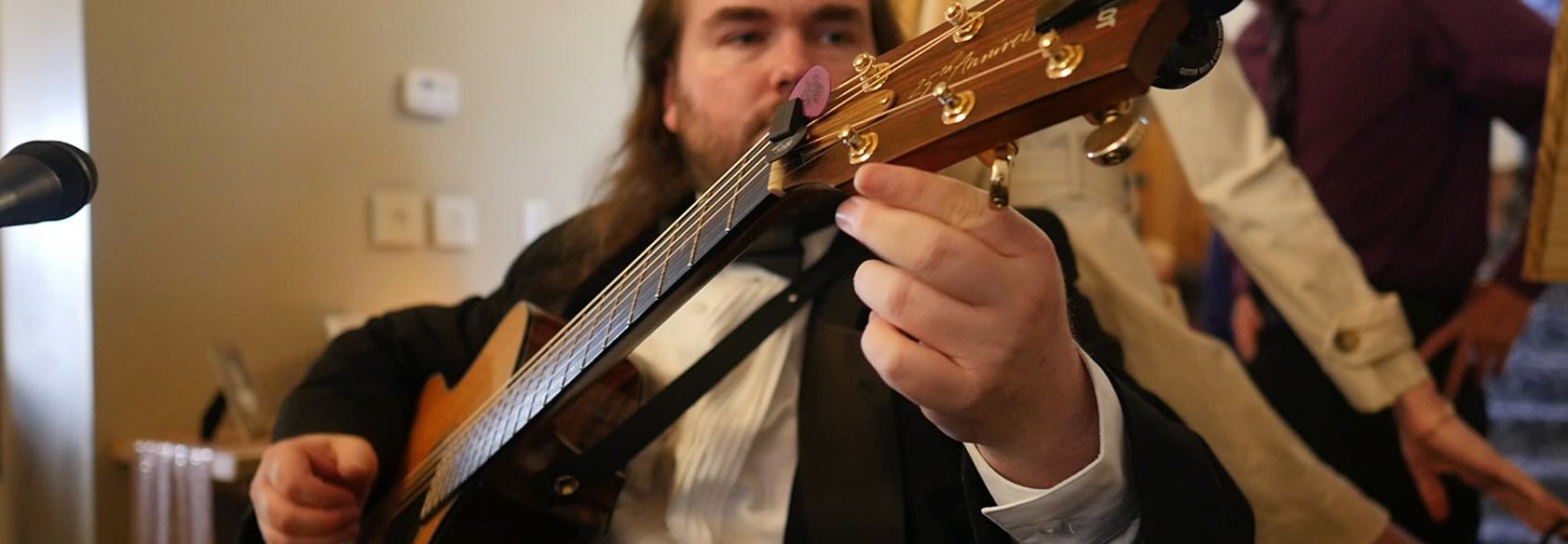Question: Is analog still better than digital?
Answer: In some ways, yes.
Tape vs 0's and 1's:
Digital audio has revolutionized the music industry and brought great improvements to the music industry over the last few decades. Pitch is now more easily standardized. Instead of a band having to tune to a possibly out of tune piano, every musician can now match a digitally analyzed tuner. Rhythms are now locked in tightly with quantization. These improvements should theoretically and likely are in general improving the music listeners' aural discernment.
While pitch and tempos are much more consistent using digital recording formats, there is also now less room for freedom of expressiveness in those regards. Consider classical music and how a conductor is usually required. This is because the music is literally more dynamic varying in loudness and tempos in exciting ways that allow much more expressiveness.
To an audiophile quality and accuracy of a recording are perhaps most meaningful. While CDs are very high quality recordings they are digital and digital is still limited to binary code communicated as 1's and 0's. The problem with that is all of the numbers between 0 and 1 are skipped. How many numbers can you think of between 0 and 1? You should be able to think of quite a few because there is an infinite number of numbers between 0 and 1.
Fractions can divide infinitesimally. When you think of it that way no whole numbers can ever even exist because if you try to count every possible increment starting at zero the numbers are infinite and you can never reach 1.
The biggest drawback to digital is missing all of the infinite numbers between 0 and 1. Granted, it takes a discerning listener to hear the difference but that is why audiophiles prefer analog to digital. Recently LPs have increased in sales and in 2014 vinyl sales saw an increase of 52% accounting for 9.2% of all music sales totaling 9.2 million dollars according to the Nielsen's 2014 Music Industry Report.
Digital recording technology is incapable of recording at as high a resolution as analog. Even with the highest quality microphones, amps, cables, mixing boards, etc., digital skips everything from every 0 to every 1. While still not as pure as straight analog one technique to produce higher quality music in the digital age is to record using analog equipment so that a truer representation of musicians' performances is recorded. The analog audio is then converted and bounced to a digital format.
CDs are not the highest level of digital resolution. CDs are 16 bit 44.1 kHz. Even most basement DAW recording stations can record at 32 bit 192 kHz. So if virtually anyone can record at a quality more than 4 times greater than CDs you might be wondering why everyone is still using low resolution CDs. Great question!
Unfortunately the music industry has not seen a demand for high quality audio like video. Television users can subscribe to HD resolution from their provider, which clearly looks better especially when coupled with an HD TV and an A/V receiver. But most HD TV providers are sending you a low resolution HD signal at only 720. The reason for this is limited bandwidth. Using 1080 or even Ultra HD 4k resolution would slow transmission of the signal to the user. But there has been an obvious demand for improved picture quality as 4k televisions are now readily available at most box stores. And even though television subscriptions may not be in 1080 Blu-Ray discs provide better video and audio.
Music has unfortunately not seen this demand and has rather continued to demand just the opposite. Mp3s are still highly in demand because of limited internet speeds and capacities. High-resolution audio won't stream on most broadband services without buffering. And downloading large audio files uses up more of your monthly data plan. So until internet allowances for data usages and speeds increase it is simply impractical to use even CD quality audio online.
In addition to being able to capture more of the sound source analog recording equipment is known for having much more character than what many refer to in digital recording as being flat or sterile. It is common practice for modern digital recording engineers to use plug-ins that mimic the noises and flaws of vintage analog gear.
While the artifacts created by vintage gear were indeed flaws, it was those flaws that added character to the recordings. Fuzzy distortion from tubes and tape saturation is often referred to as warmth. Slight variations in tape speed and how machines performed created mistakes in intonation and rhythm that were subtle, but further humanized the recordings.
It is now common practice for a single vocal track on a CD to incorporate duplicates of that track quietly panned playing simultaneously with effects such as distortion, thinned EQ, and reverb to create a sound that sits above the rest of the instruments in the mix. So what sounds like one person singing a single track is actually multiple tracks with different effects blended to make a singular unique sounding vocal. Similar techniques are used to give extra punch to bass parts, shimmer to cymbals, and excitement to synths.
While digital music falls short at being able to capture the sonic fullness of analog it's conveniences for most music producers far outweigh the drawbacks. With 64 bit computers becoming standard digital capabilities are expanding so hopefully consumers will have the internet capacity to demand and expect higher resolution digital audio to become standard.
